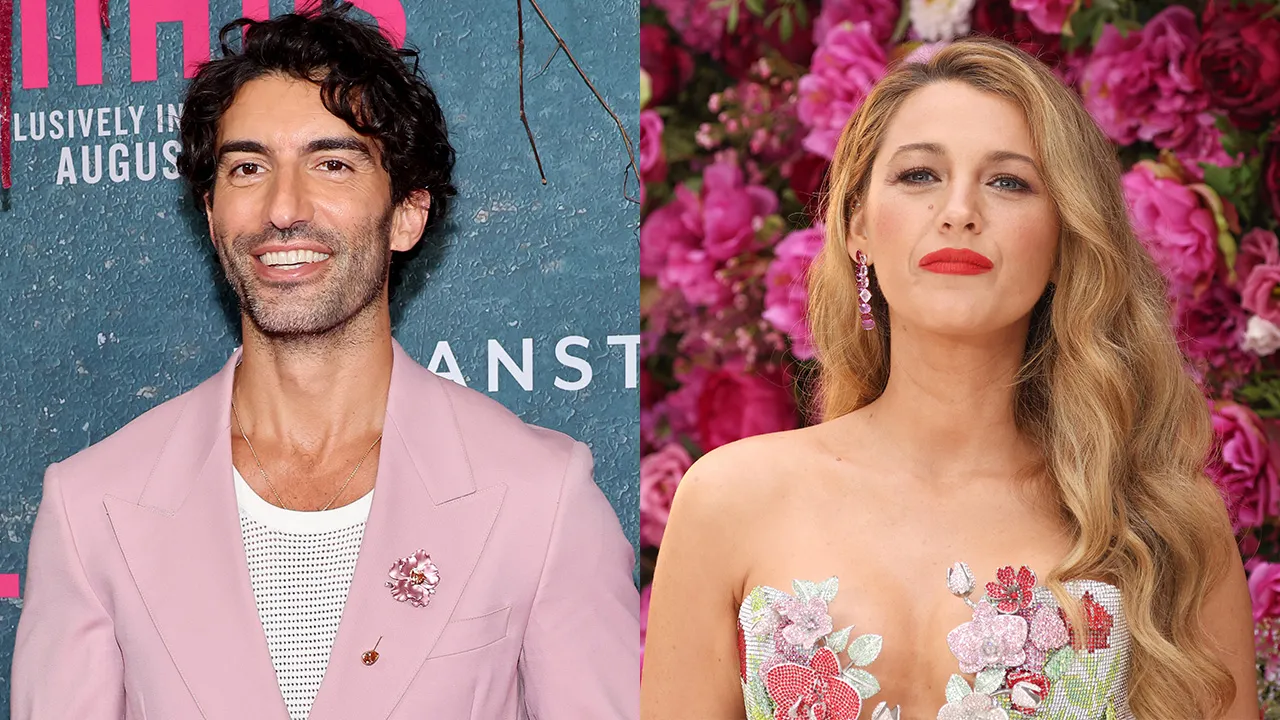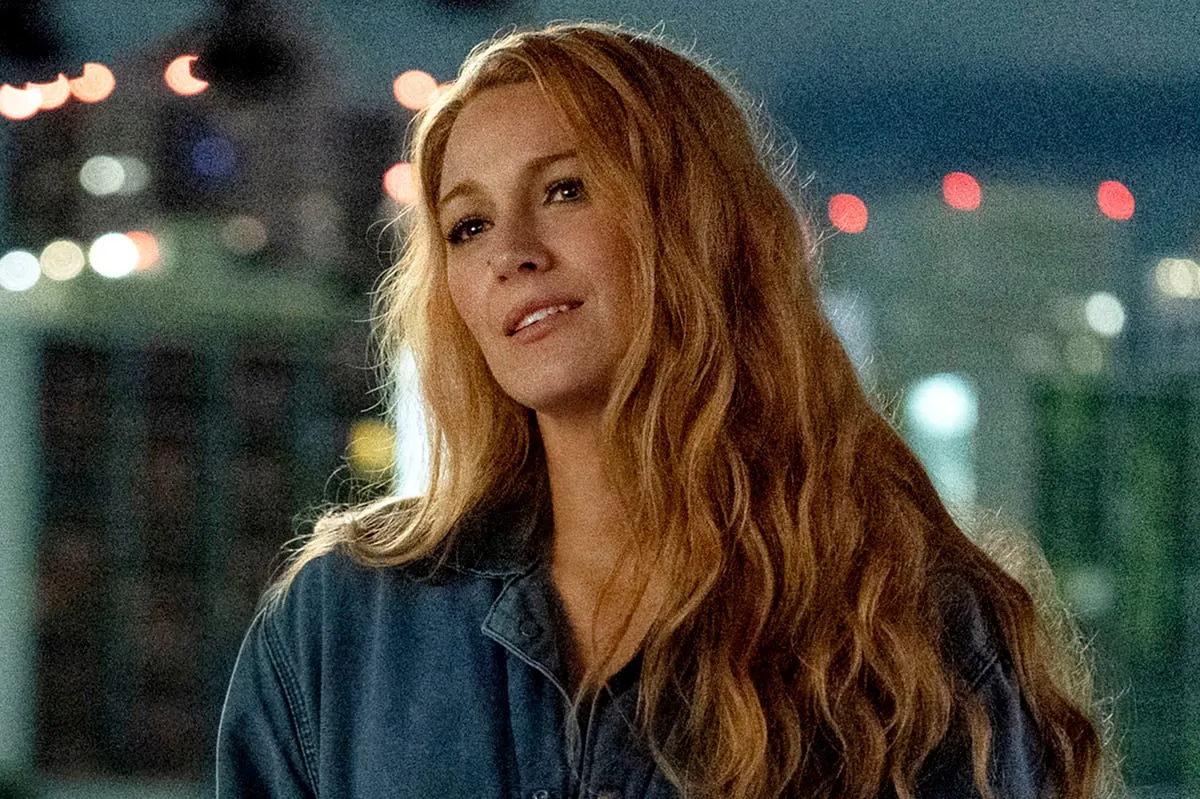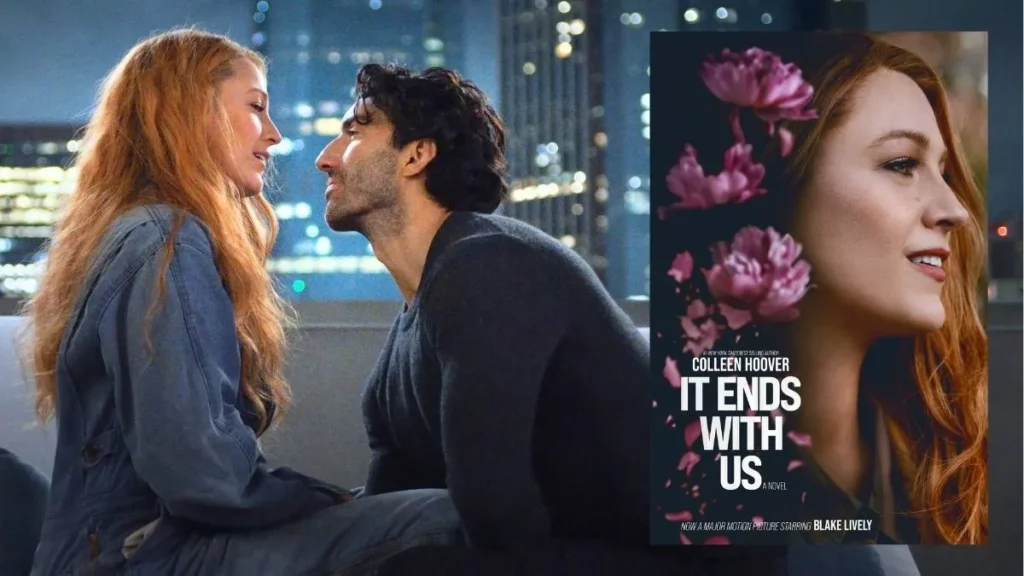“It Ends With Us,” a stirring novel by Colleen Hoover, has touched the hearts of readers globally with its intense narrative of love and trauma. As the film adaptation released in August 2024, it presented a notable departure from the book that intrigued many—altering the ages of its protagonists, Lily Bloom and Ryle Kincaid. This article delves into why this age modification was deemed necessary by the filmmakers and how it resonated with a broader audience, adding a layer of maturity and realism to the story.

Why the Age Change? A Director’s Vision
When adapting a book for the big screen, certain changes are imperative to bridge the gap between literary finesse and cinematic appeal. For “It Ends With Us,” this transformation involved aging the characters of Lily and Ryle from their twenties and early thirties to their mid-thirties. Director Justin Baldoni, who also took on the role of Ryle, had a clear vision. In an interview with Entertainment Weekly, Baldoni expressed his intention behind this decision, stating, “I just knew from the beginning the type of movie I wanted to make was not about a 23-year-old girl. I wanted women of all ages to be able to see themselves, and aging up the characters, I think, really helps it become a universal story, and it takes it out of the YA genre.”
This shift in age allowed the movie to transition from a young adult romance to an adult drama, thereby reaching an audience that could appreciate the complexities of the narrative, which revolves around challenging themes like abuse and toxic relationships.
Insights from Colleen Hoover: Rectifying Impracticalities
Colleen Hoover, the mind behind the original story, supported the age alteration, bringing an additional layer of practicality and authenticity to the portrayal of her characters. During a 2023 interview at the Book Bonanza festival, as reported by Capital FM, Hoover revealed an oversight in her initial character design, particularly regarding Ryle, a neurosurgeon supposedly in his twenties. “Back when I wrote It Ends With Us, the new adult [genre] was very popular… I didn’t know that neurosurgeons went to school for 50 years. There’s not a 20-something neurosurgeon,” she explained.

By the time the book was set to be adapted into a film, Hoover realized the necessity to correct these ages to make the characters’ professions and life experiences more plausible. She candidly admitted, “I’m like, we need to age them [up], because I messed up. So that’s my fault.”
Audience Reception and the Impact of Character Aging
The response from the audience, while mixed due to the change, largely leaned towards appreciation for providing a more grounded and relatable story. Older viewers found it easier to connect with the characters’ struggles, seeing parts of their own lives reflected in the film’s narrative. The depth brought by experienced actors like Blake Lively and Justin Baldoni only enhanced this effect, giving the film a stronger emotional pull.
Furthermore, as Baldoni pointed out, even discussions—whether praise or criticism—about the age changes contributed to the film’s publicity, sparking curiosity and leading more viewers to the theaters.
A Successful Adaptation Strategy
Ultimately, the decision to age up Lily and Ryle in “It Ends With Us” illustrates a thoughtful adaptation strategy that respects the essence of the original story while making it accessible and relevant to a wider audience. This approach not only preserved the emotional core of the novel but also enhanced it, proving that sometimes, deviating from the source material is necessary to capture the true spirit of the story in a different medium. The filmmakers’ choice shows a commitment to authenticity and relatability, proving that adaptations are not just about visual storytelling but also about making meaningful connections with the audience.

